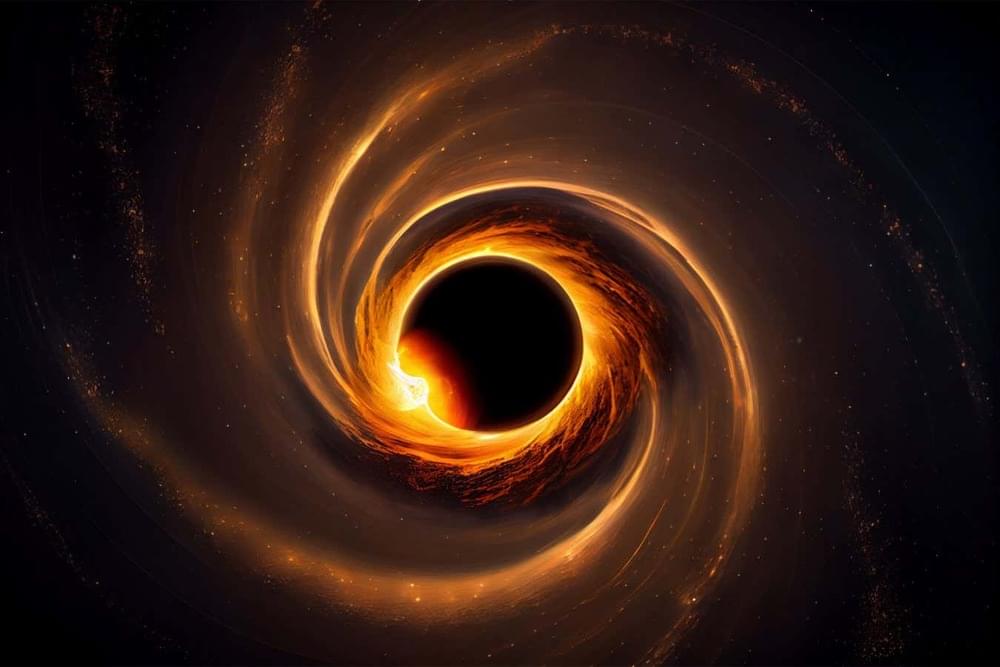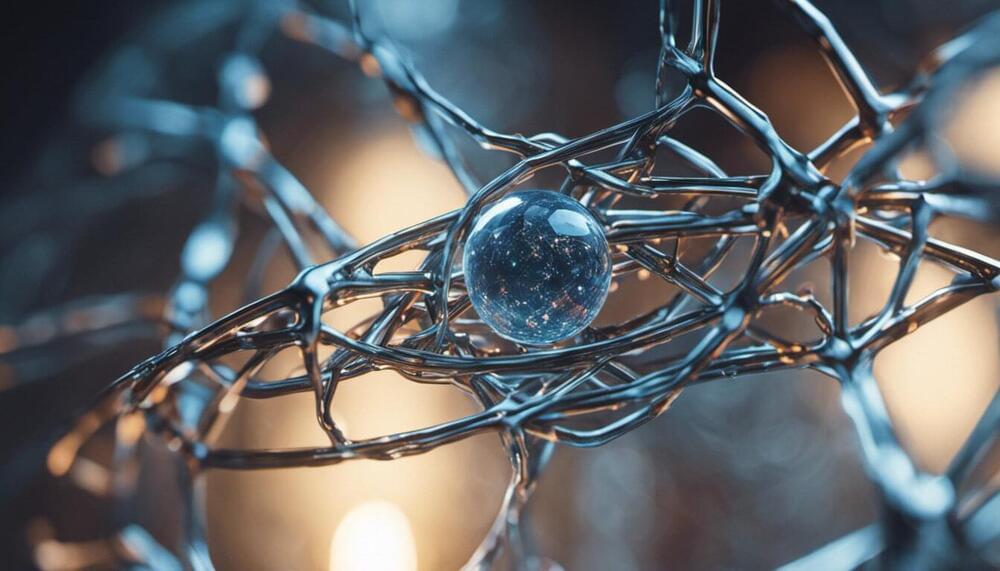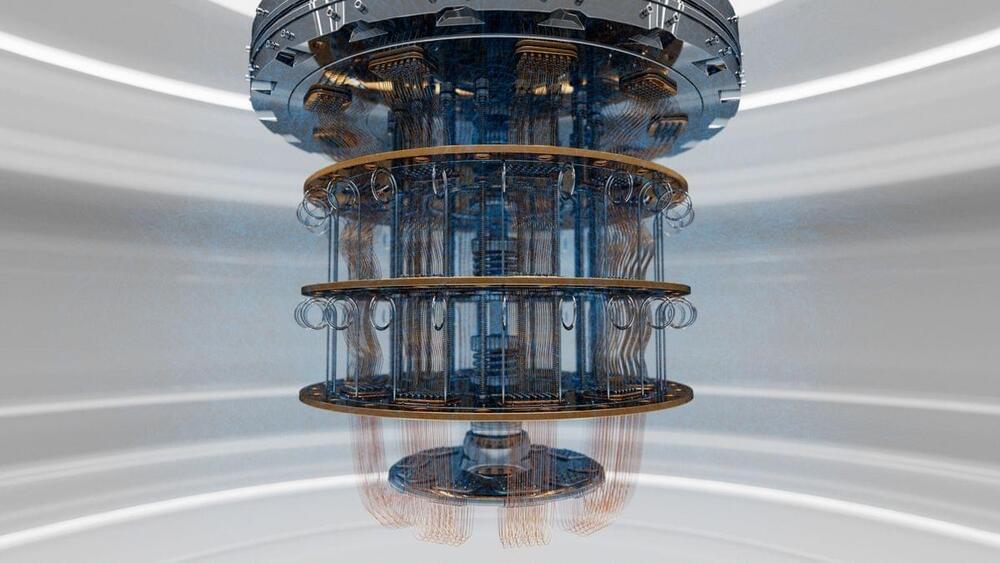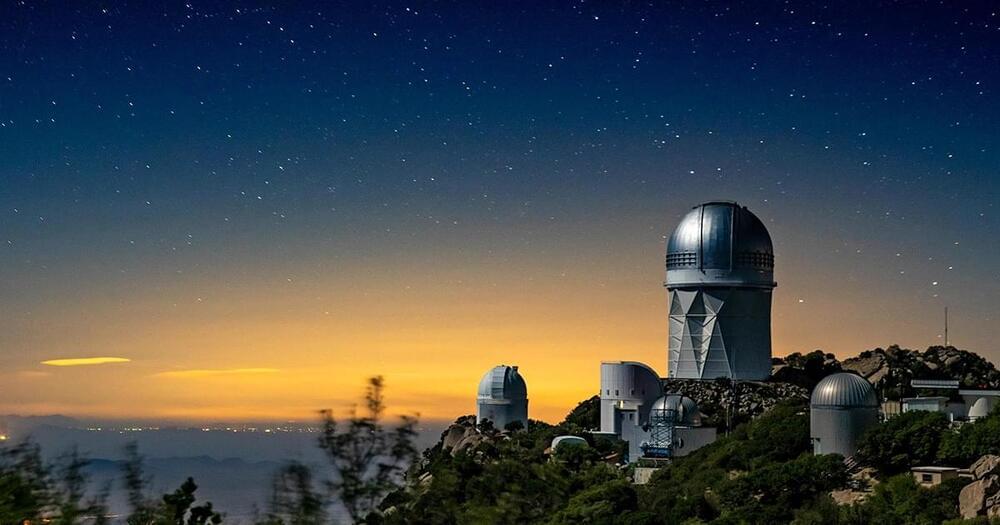Diagram of Neuron and Microtubules Reference video:
I would like to dedicate this video on Hodgkin and Huxley model of Neurons. That basically explains Neurons as electric circuits with the organization and movement of positive and negative charge. The positive and negative is in the form of ion atoms. The neuron membrane acts as a boundary separating charge with ionic gates embedded in the cell membrane forming the potential for the build-up and movement of ion charge. This process can form signals along the neurons with the potential difference across the cell membrane forming what is called an action potential.
The big question is how can this process of electrical activity form consciousness?
To answer this question we have to look deeper into the process.
When we do this, we find that the movement or action of charged particles like ions emit photon ∆E=hf energy.
Therefore, this whole process can be based on an interpretation of Quantum Mechanics.
In the theory explained in these videos, Quantum Mechanics represents the physics of time ∆E ∆t ≥ h/2π as a physical process.
The uncertainty ∆×∆pᵪ≥h/4π of Quantum Mechanics is the same uncertainty we have with any future event.









